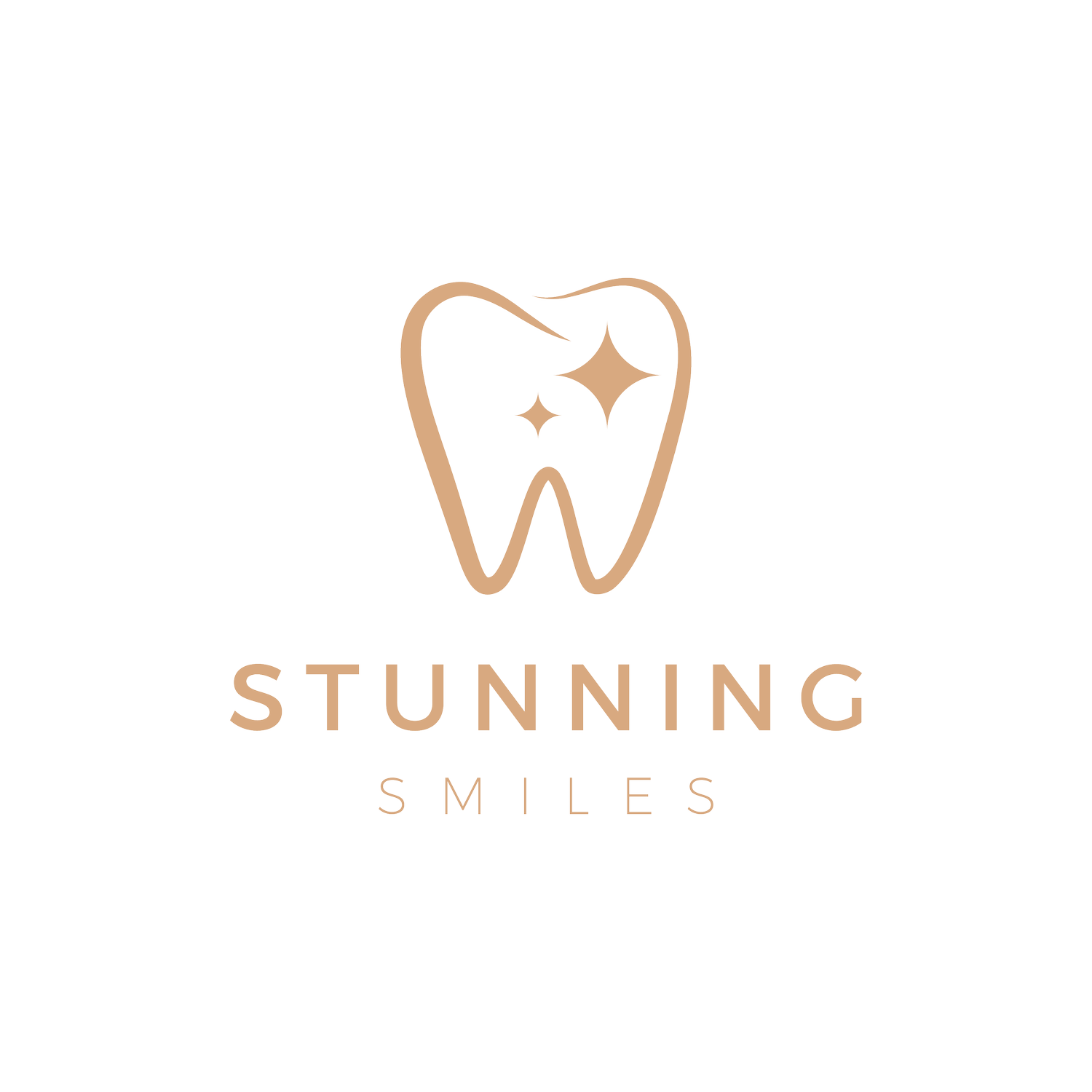Understanding Tetracycline Stains: A Dental Challenge
In the world of dentistry, certain conditions pose unique challenges, both for patients and dental professionals. One such condition is tetracycline staining, a type of tooth discoloration linked to the use of the antibiotic tetracycline. This blog post aims to shed light on what tetracycline stains are, how they occur, and the available options for those seeking treatment.
What are Tetracycline Stains?
Tetracycline stains are a form of tooth discoloration that result from the use of tetracycline antibiotics, particularly when these drugs are taken during the time of tooth formation. Tetracycline is an antibiotic commonly used to treat a variety of infections. When this medication is taken during childhood, particularly between the ages of when teeth are developing (from the second trimester of pregnancy to about 8 years of age), it can lead to teeth developing a grey, brown, or blue discoloration.
How Do Tetracycline Stains Occur?
The mechanism behind tetracycline staining is linked to the way the drug binds to calcium ions in the teeth. This binding occurs while the teeth are still developing and results in the incorporation of tetracycline into the tooth structure, leading to the characteristic staining. These stains can vary in severity, with some teeth showing only mild discoloration, while others can have deep, dark staining.
Challenges in Treatment
Treating tetracycline stains presents a unique challenge. The stains are not just on the surface of the teeth but are embedded within the tooth structure, making them resistant to traditional whitening methods. Here are some of the treatment options:
1. **Professional Teeth Whitening**: While over-the-counter whitening products are typically ineffective against tetracycline stains, professional whitening treatments under the supervision of a dentist may offer some improvement. However, the results can be limited and unpredictable.
2. **Dental Veneers**: For more severe cases, dental veneers are often the treatment of choice. Veneers are thin shells of porcelain or composite material that are custom-made to cover the front surface of the teeth, effectively masking the discoloration.
3. **Dental Crowns**: In cases where the tooth structure is also compromised, dental crowns might be recommended. Crowns cover the entire tooth and can be used to both improve the appearance and protect the tooth from further damage.
The Importance of Early Diagnosis
Prevention is key in avoiding tetracycline staining. It's crucial for healthcare providers to avoid prescribing tetracycline to pregnant women and young children. If tetracycline use is necessary, it should be closely monitored.
Tetracycline stains are a complex dental issue that requires careful consideration and expert treatment. If you have tetracycline stains and are seeking treatment, it's important to consult with a dental professional who can guide you through the available options and help you choose the best course of action for your individual case. Remember, each smile is unique, and so is each treatment plan. With the right approach, you can achieve a smile you’re confident in, even in the face of challenging conditions like tetracycline staining.

